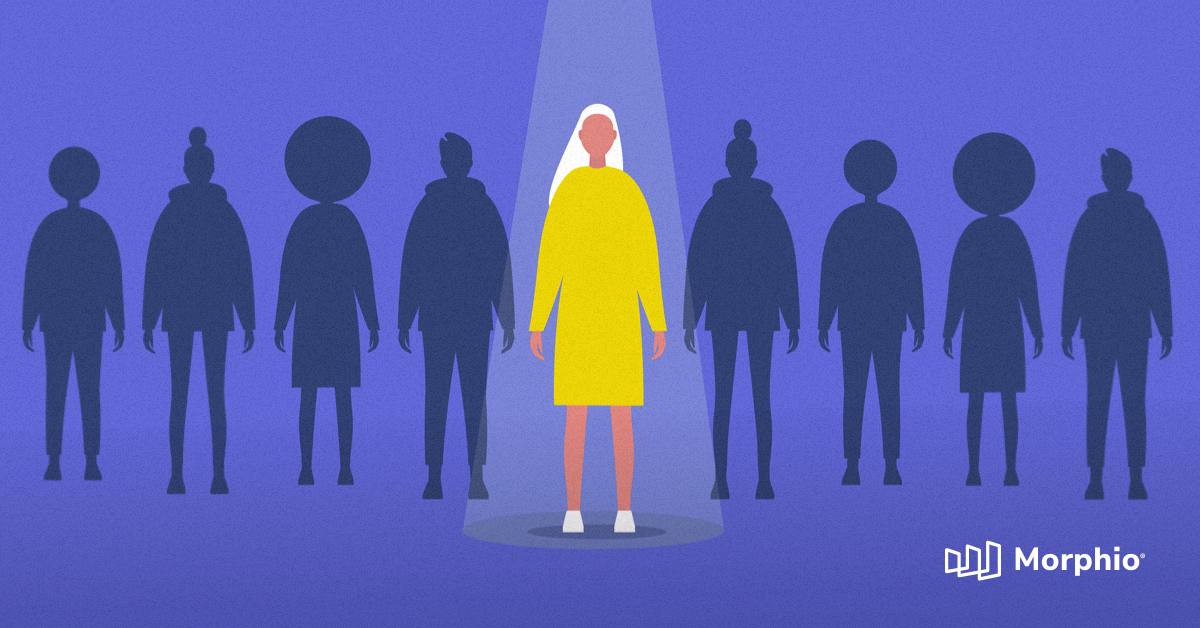
Think about all of the customers you have. Is it dozens? Hundreds? Thousands?
All of these customers have unique interests, questions, and problems. Segmenting based on these traits allows marketers to deliver customized campaigns that generate better conversions and engagement.
Furthermore, consider that 74% of consumers get frustrated when they receive offers not related to their interests. We’ve all hit the “Skip ad” button on YouTube when this happens to us.
Want to learn how to give customers want they want to see? Keep reading and I’ll show you.
Start Defending Against Marketing Failures Today!
Discover why over a 1000 businesses trust Hawke AI to help protect their marketing ROI.
Request a free trialChoose a segmenting tool
Segmenting by hand is a little tedious. It’s wise to use a segmenting tool to speed up and automate the process. These allow you to divide audiences based on specific behaviors, patterns, conditions, or sequences.
For example, I’m sure you use Google Analytics. You can segment audiences via the “Audience” tab by clicking “Add Segment.”
Options include users who’ve converted, made a purchase or completed specific steps.
This still requires some elbow grease, though. Artificial intelligence software like Morphio, on the other hand, finds profitable segments through machine learning and anomaly detection, for example.
That brings me to my next point.
Segment based on KPIs and behavior
When you begin segmenting an audience, you’re probably going to ask yourself “What should I segment based on?” and there are two answers.
Firstly, you need to consider your company’s KPIs. These are based on an individual’s goals and campaigns.
However, there are universal metrics that most businesses can segment by, such as:
- Conversions
- Purchases
- Sign-ups
- Registrations
- Time on page
- Element interactions (Buttons, links, etc.)
- Etc.
Dividing audiences this way is critical because a user who registers for a demo is not going to engage with marketing material like someone who just discovered your brand this afternoon.
Deliver personalized campaigns
You have audiences segmented and everything ready to go. Now what? Time to use this data to send personalized campaigns!
I recommend taking the buyer journey into consideration. Your segments will likely fall into all three stages and can be delivered content accordingly. Here’s what I mean:
- Awareness stage: Users who are new to your brand should be sent more blog posts, videos, and podcasts to educate them and display authority.
- Consideration stage: Users who take action like opting into email lists should be sent whitepapers, case studies, and in-depth research to present a solution to their problem.
- Decision stage: Hot leads on the verge of converting should be given free demos or consultations to seal the deal.
Furthermore, marketers can tailor the copy, promotions, and distribution channels based on the data they’ve collected.
Wrapping up segmenting audiences
Your customers are humans. And, that means they are all unique. Presenting audiences with tailored campaigns and offers displays empathy while increasing conversions. Why not help your humans and boost business performance?
However, segmenting can be very time-consuming. That’s why you need to try Morphio for free. Our time-saving software scans your business to determine which customer profiles are the most likely to convert, making segmenting analysis hands-off so your team can be creative and have some fun.